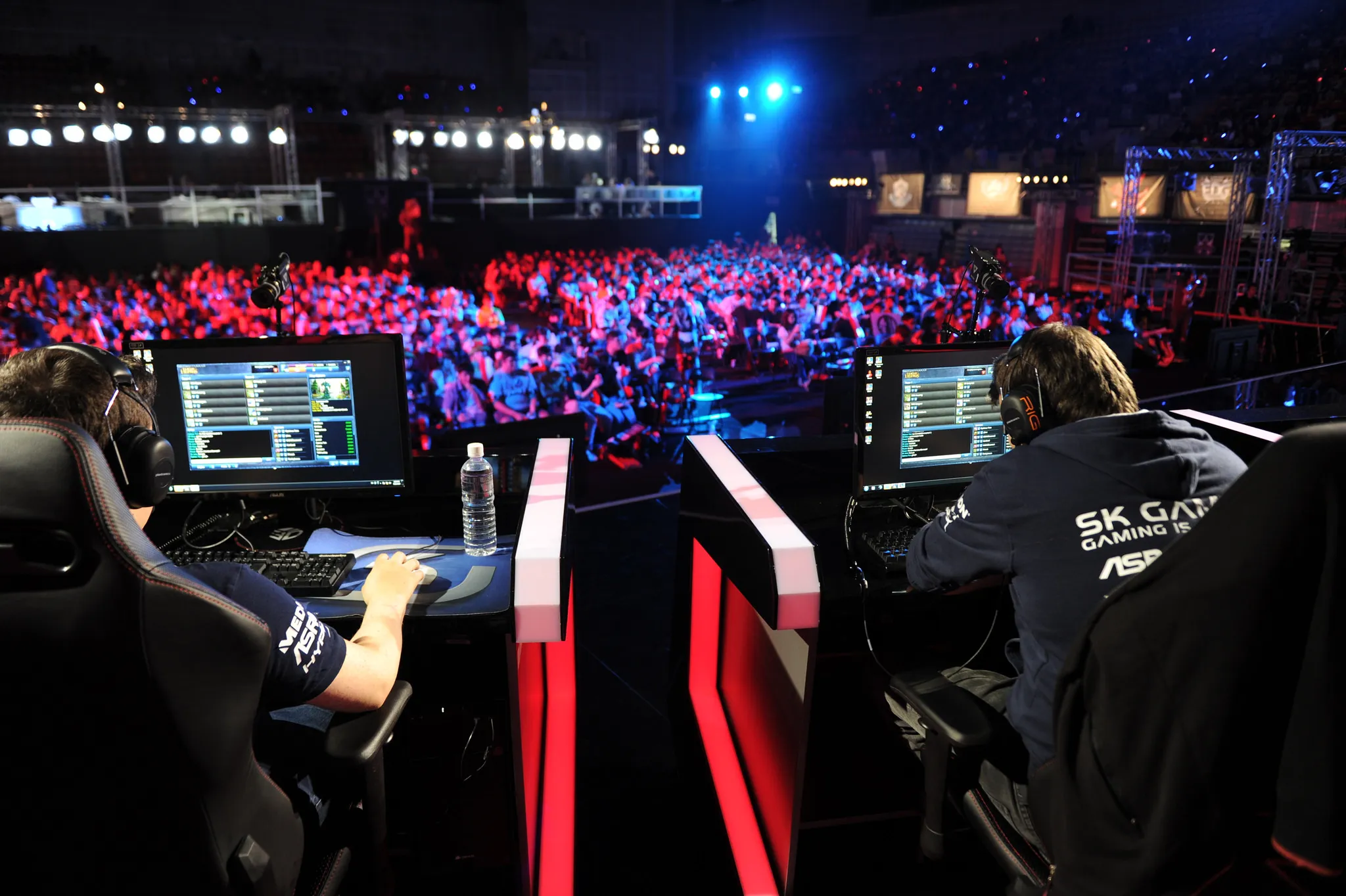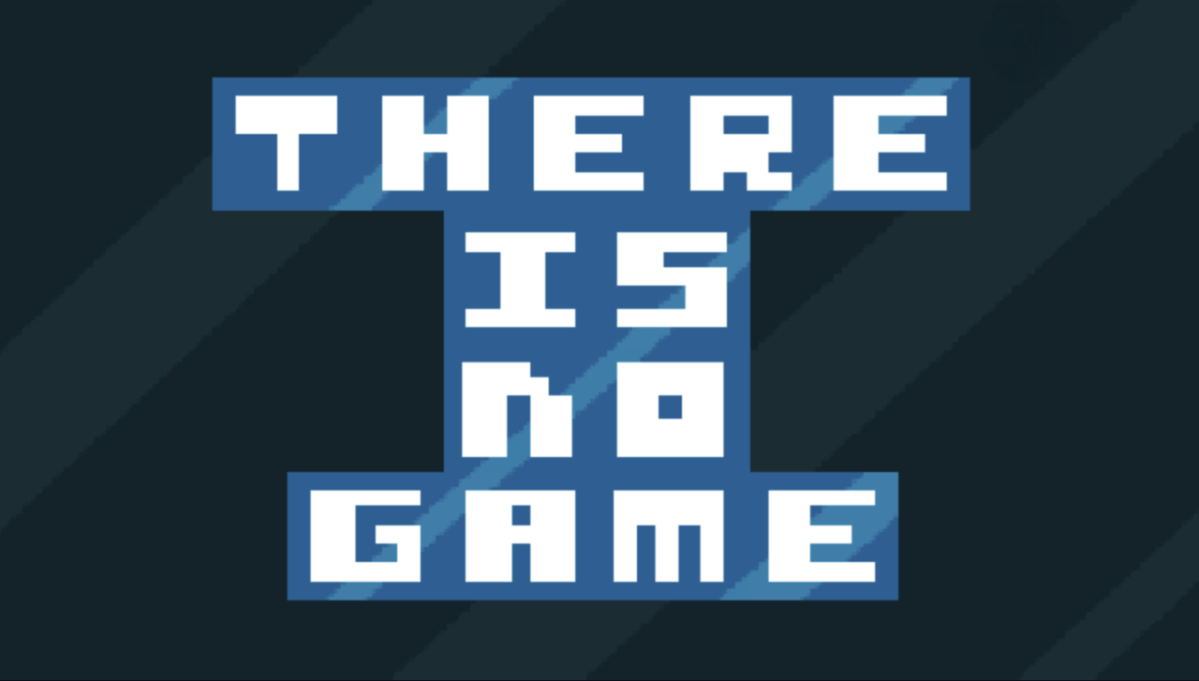Anti-aliasing is a setting commonly found in video games. It comes in all different shapes and sizes, but it generally serves one purpose.
Its function is to remove jagged lines (or jaggies) in real-time, making games like Counter-Strike, Call of Duty, and VALORANT appear smoother and more fluid-looking.
Video games are made up of hundreds and often thousands of little squares called pixels, joined together to create a moving picture. These squares, while often fit for purpose, can look out of place. When stacked on top of each other, or diagonally, they create a rigid staircase effect.
Anti-aliasing makes video games look to be in high-resolution without having to upgrade your display. The technology fills in gaps, smooths out edges, and blends colors together to remove the appearance of jagged lines.
The most basic type of anti-aliasing is multisample anti-aliasing (MSAA), but there are also more advanced anti-aliasing technologies, like supersampling anti-aliasing (SSAA), fast approximate anti-aliasing (FXAA), morphological anti-aliasing (MLAA), subpixel morphological anti-aliasing (SMAA), temporal anti-aliasing (TXAA), and deep learning super-sampling (DLSS).
They all have their own merit, but FXAA, MLAA, and MSAA are more suited to low-end and mid-range builds, reducing aliasing without putting too much strain on hardware, while MSAA and SSAA are ideal for high-range builds with top-notch processing power. But the choice is ultimately yours.







Published: Jan 25, 2021 03:50 pm